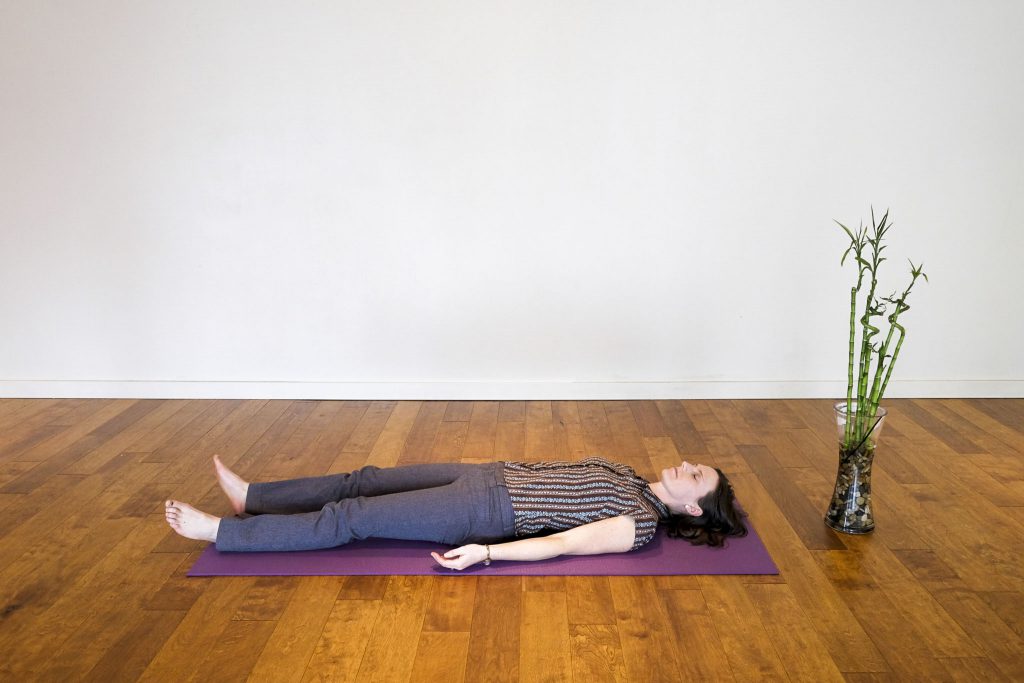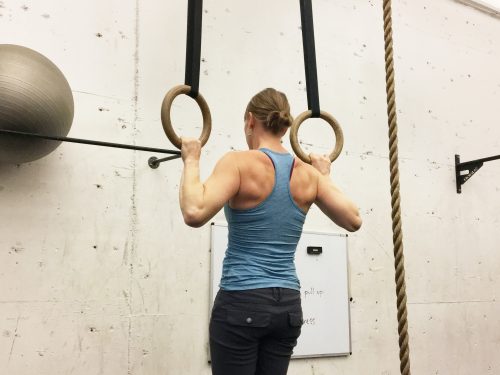Persistent pain is any pain that goes on for longer than would be expected after an injury or illness.
Guided, paced physical activity is important in managing persistent pain yet it can be overwhelming given the pain which may even increase during movement.
One effective strategy for successfully using movement for persistent pain is to adopt the “calm, move, calm” approach, which focuses on taking time to calm your body both before and after engaging in physical activity.
This approach will not only help you create more potential energy for movement, but will also help you move better and with more ease.
The “calm, move, calm” approach is broken down into 3 easy-to-follow steps.
Step 1: CALM the body (and your protection system as a whole)
The goal in this first step is to release tension from your body’s protective system before you engage in movement, regardless of whether you actually notice any difference in how you feel. You may already have practices in place that help you achieve this. If not, try spending a few minutes on the following practices to better prepare yourself for the full benefits of movement.
1/ Observe the breath with mindfulness
Try saying to yourself: “This is me breathing in – 1. This is me breathing out – 1. This is me breathing in – 2. This is me breathing out – 2.” Try this up to 10 and back down to 1 to allow your breath to fully regulate itself. During this exercise, remind yourself that there is no right or wrong way to breathe.
2/ Conduct a mini-body scan
Start from your toes and work your way up past the different parts of your body, observing any sensations and noting whether you have any judgment about them (e.g. whether they are good or bad sensations, or neither). Remind yourself that you are exactly as you should be in this moment; there is nothing to change. The goal is to observe, feel, accept and move on to the next body part as best you can in a gentle and supportive way.
3/ Massage
Try massaging the area(s) in which you feel pain or tension. Spend a few minutes on each with the goal of giving positive energy to the area instead of trying to fix or change anything.
4/ Apply relaxing heat
Find a relaxing position and apply heat to the area of pain or tension. The goal here is to calm the given area while releasing any negative energy.
5/ Gentle stretches
Stretch slowly with the aim of relaxing your muscles prior to engaging in movement.
Through these calming stretches, you may find that you have created more internal energy to apply towards your planned activity. You may not immediately notice a shift towards feeling a “readiness to move”, however, setting time aside to spend on calming your body is the first step. With repeat exposure and practice you are more likely to feel calm, thereby being more prepared to engage in exercise.

Step 2: MOVE the body
As you begin to engage in movement, you may notice negative sensations, thoughts and feelings popping up in your mind. These stimuli are merely a part of your body’s protective response, and being aware of them may help relieve the attachment these sensations have on your body and mind. In turn, doing so can help prevent your body’s energy from being drained before you even begin with movement. You may feel this as tension, an increased aching in a certain area of your body, or it may be expressed through your breath, or feelings of fear, doubt, frustration or sadness.
When this begins, try to acknowledge these stimuli as being part of your body’s protective response. Ask yourself:
“In this safe place, what is my body asking for protection from?”
Observe, be open, and let your mind and body explore the reason(s) why. This will provide space for you to release or let go of this protective response. By doing so, you may begin to feel light again as your body transforms this protective energy to potential energy.
This process will allow you to continue with more energy for movement. You can repeat this self-talk process many times throughout your activity.
Step 3: CALM the body (again)
It’s important to calm your system again after challenging it with movement, otherwise the mind, body and/or spirit can perceive movement as a threat and form a negative association with exercise. By finishing your movement with a calming practice, your body can instead be left feeling calm and relaxed, and both the memory and association with movement are more likely to be positive. In this way, you are more likely to have continued success with using movement as part of your pain management strategy.
In this step, you can calm your mind and body in the same way as you did prior to engaging in exercise, or choose a different option depending on what works best for you.
Don’t give up!
Persistent pain changes gradually over time. Trying something new takes courage and practice, so be gentle and persistent with yourself. It may help to remember that success is in setting the intention and just trying, as opposed to focusing on preconceived notions and expectations from such a technique.



